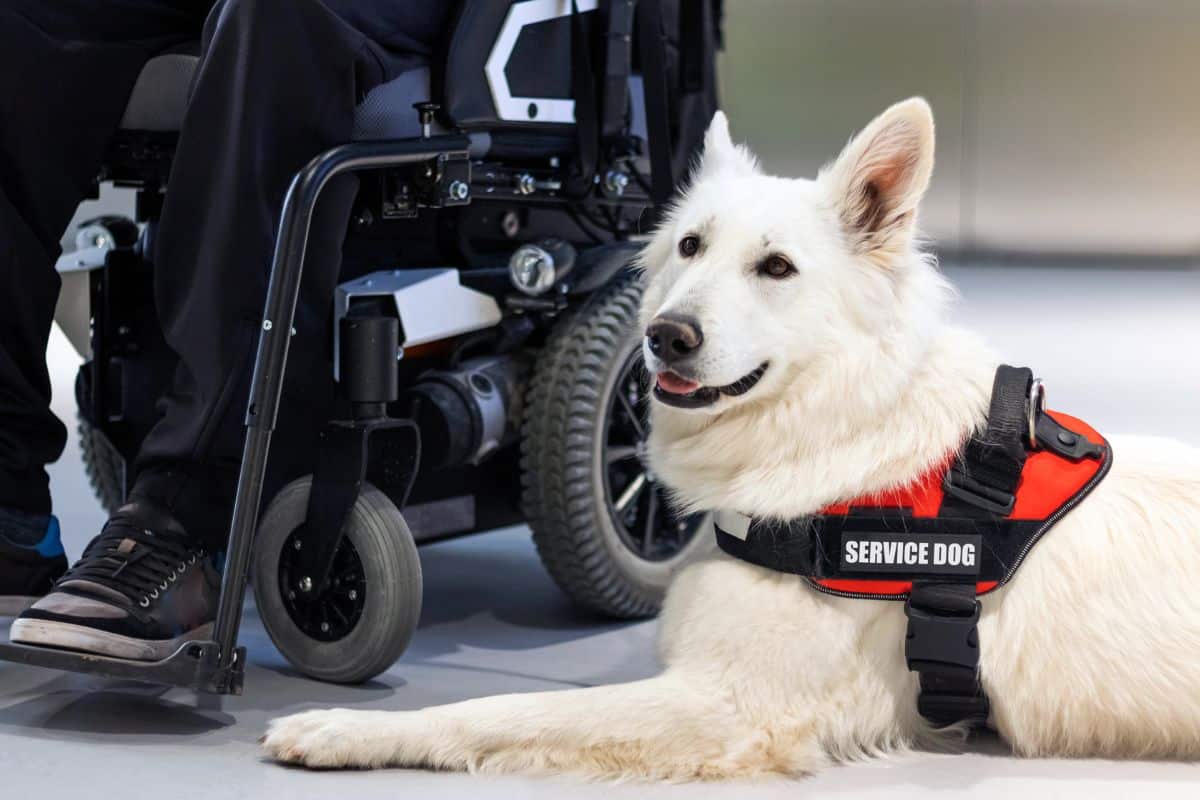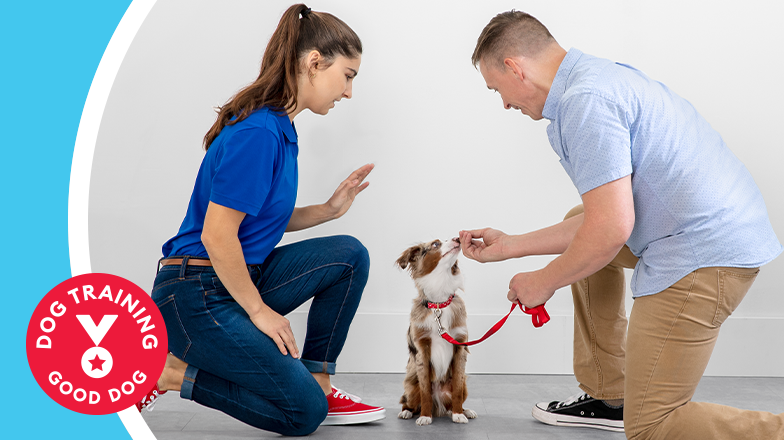Leading Canine Educating Methods Every Proprietor Ought To Know

Favorable Reinforcement Techniques
Using positive reinforcement methods is important for effective dog training, as it fosters a trusting bond in between the trainer and the pet dog. This approach concentrates on rewarding desirable actions instead of penalizing unwanted ones, developing an atmosphere helpful to discovering. Incentives can include deals with, appreciation, or playtime, which inspire canines to duplicate the habits that gain them these incentives.

Furthermore, this strategy enhances the pet's interest for training sessions. When pets connect training with favorable experiences, they are a lot more engaged and receptive. Past immediate habits modification, favorable support encourages a collaborative relationship between the pet dog and instructor, reducing anxiety and worry
To maximize efficiency, it is important to supply benefits without delay, guaranteeing the pet dog links the actions with the support. In significance, favorable reinforcement strategies not only generate better-trained pets but additionally promote an unified partnership between dog and proprietor.
Remote Control Training Method
The clicker training technique is an extremely reliable method that builds upon the principles of positive reinforcement by including a distinct sound to mark wanted habits. This approach uses a small handheld tool that creates a clicking noise, enabling fitness instructors to connect with their pet dogs in a clear and prompt fashion. When a pet performs a behavior that the proprietor desires to urge, the clicker is activated, adhered to by an incentive, generally in the form of treats or praise.
The key to effective remote control training lies in uniformity and timing. It is crucial to click at the exact minute the wanted behavior occurs, making certain that the pet dog associates the audio with the activity and the succeeding reward. This approach not only improves interaction but additionally promotes a stronger bond between the owner and the dog, as it urges involvement and communication during training sessions.
Remote control training can be related to a variety of habits and commands, from basic obedience to extra complicated methods. Its convenience and effectiveness make it a popular method amongst specialist instructors and family pet owners alike, paving the means for a responsive and trained canine buddy.
Chain Training Fundamentals
Efficient chain training is essential for ensuring a safe and delightful walking experience for both canines and their proprietors. A level collar may function for some pets, while others might benefit from a harness that minimizes drawing.
Present your dog to the chain gradually, permitting them to discover it in a comfortable atmosphere. Method loose-leash strolling once they are accustomed. This entails rewarding your dog for walking next to you as opposed to drawing ahead. Use treats and appreciation to reinforce wanted actions, and be sure to continue to be tranquil and assertive.
If your pet dog begins to draw, quit strolling quickly. In addition, method different walking settings to aid your pet adapt to distractions.
Regular practice will certainly solidify your canine's understanding of leash etiquette. Bear in mind that leash training is a recurring procedure; persistence and uniformity will yield the ideal outcomes, promoting a favorable experience for both you and your canine companion.
Socializing Methods
Socializing is an important facet of canine training that must preferably start throughout puppyhood but can be helpful at any age. Efficient socialization aids pets establish confidence and lowers the likelihood of behavioral concerns. To implement effective socialization methods, reveal your pet dog to a variety of environments, people, and various other pets.
Begin with controlled settings, such as puppy classes or organized playgroups, where young pets can engage safely. Gradually introduce your pet dog to new experiences, consisting of various noises, surfaces, and activities. Make sure these experiences are favorable and fulfilling to develop a complacency.
For adult dogs or those lacking direct exposure, start with low-stress scenarios. Short, favorable communications with pleasant people and tranquil pet dogs can develop positive associations. Utilize deals with and praise to enhance desirable behaviors throughout these anchor experiences.

Consistency and Persistence
Recognizing the importance of consistency and patience in dog training is vital for achieving lasting results. Inconsistent training can lead to confusion, making it difficult for the pet dog to comprehend commands or behaviors, ultimately impeding progression.
Pets, like human beings, find out at their own pace. This fosters a relying on connection between the canine and owner, urging a more prepared and enthusiastic student.
To cultivate uniformity and persistence, establish a regular training routine, use the same commands, and directory guarantee that all relative apply the same training concepts - Dog training. By doing so, you produce a steady atmosphere for finding out, allowing your pet to grow and develop right into a mannerly friend
Conclusion
In conclusion, efficient canine training techniques, such as favorable reinforcement, clicker training, and appropriate leash training, are important for fostering a healthy and balanced owner-dog connection. Additionally, executing socialization strategies and maintaining consistency and patience throughout the training procedure contributes substantially to a pet dog's total health. By integrating these methods, pet dog owners can help with the advancement of well-adjusted, obedient animals, eventually enhancing the high quality of life for both the owner and the pet.
Among the most famous techniques are positive reinforcement, remote control training, and leash training, each offering one-of-a-kind benefits that add to a well-behaved canine. As we check out these essential techniques, it comes to be apparent that understanding their subtleties can dramatically influence the training experience and the canine's general habits.Using favorable support strategies is important for effective canine training, as it cultivates a trusting bond between the pet dog and the trainer.In verdict, effective canine training methods, such as favorable reinforcement, remote control sites training, and correct leash training, are necessary for cultivating a healthy owner-dog relationship. By integrating these approaches, pet dog owners can facilitate the development of well-adjusted, loyal animals, inevitably improving the top quality of life for both the proprietor and the dog.